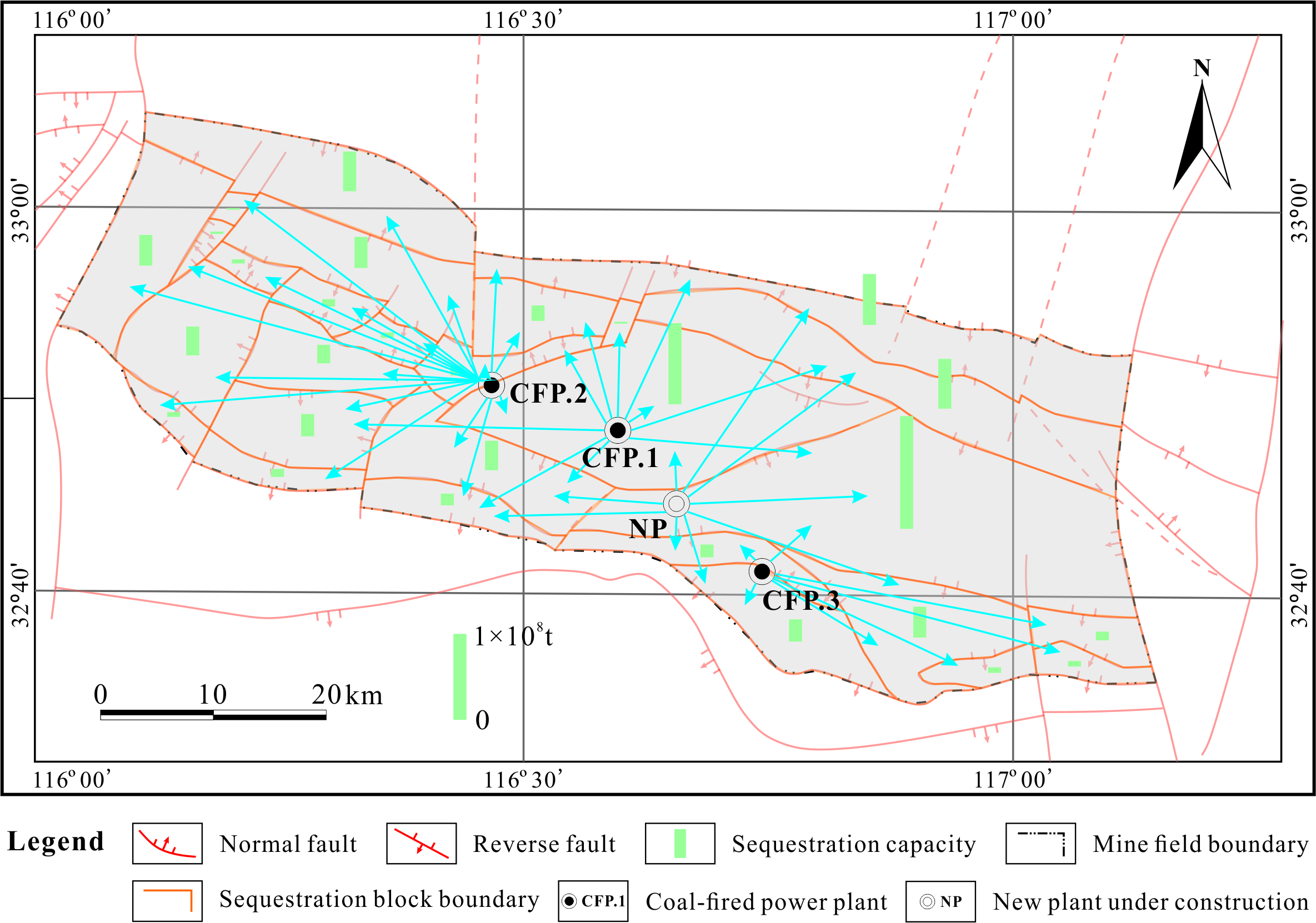Evaluation of Carbon Dioxide Geological Sequestration Potential in Coal Mining Area
ID:187
Submission ID:120 View Protection:ATTENDEE
Updated Time:2022-05-13 17:04:45
Hits:1405
Oral Presentation

Start Time:2022-05-27 10:35 (Asia/Shanghai)
Duration:15min
Session:[S10] Resource Development and Utilization of Underground Space » [S10-2] Resource Development and Utilization of Underground Space-2
No files
Abstract
Coal bases are the concentration areas of coal exploitation and use in China in which the carbon emission sources are concentrated, and carbon emission reduction is challenging. However, the carbon emission sources and geological sequestration sinks typically correlate well with coal bases, providing favorable conditions for clustering carbon capture, utilization, and storage (CCUS). CCUS is the only way for coal bases to achieve near-zero carbon emissions in the future. This study established the constitutive equations of CO2 sequestration capacity for unexploited deep coal seams, residual coal in producing and abandoned mines, and mined-out areas based on their CO2 sequestration form, geological background, and coal mining status. Then, the geological sequestration potential of one of the most important coal bases in east China was discussed according to the constitutive equations of CO2 sequestration capacity by considering matching relationships between sequestration sources (coal-fired power plants) and sinks. The results showed that the coal base has excellent CO2 geological sequestration potential. The total CO2 sequestration capacity in coal seams is approximately 0.85 billion tons, including 0.76 billion tons in unexploited deep coal seams, 5.17 million tons in residual coal in producing and abandoned mines, and 82.45 million tons in mined-out areas. The source–sink matching relationships of CO2 geological sequestration in the coal base provide favorable conditions for CCUS, and the average distance between the CO2 sequestration sources and target sequestration sinks is only 10 km. The unexploited deep coal seams with buried depths of 1000–1500 m are primary reservoirs for CO2 geological sequestration in the coal base. In the next 30 years, CO2-enhanced coal bed methane recovery (ECBM) in unexploited deep coal seams and CO2 sequestration in mined-out areas should become a special CCUS technology in the coal base due to their great CO2 geological sequestration potential. CO2-ECBM and CO2 sequestration in mined-out areas are also significant for other coal bases in China.
Keywords
deep coal seam,residual coal,mined-out area,geological sequestration potential,source and sink matching,coal base
Speaker
Shiqi LIU
China University of Mining and Technology1984年9月生,博士,中国矿业大学研究员、博士研究生导师,碳中和研究院副院长,江苏省低碳技术学会碳捕集利用与封存(CCUS)专业委员会秘书长。《中国矿业大学学报》、《石油学报》、《煤炭学报》、《煤田地质与勘探》、《沉积学报》、《煤炭科学技术》青年编委会委员,《石油科学通报》执行编委。江苏省“六大人才高峰”高层次人才、“2019年度江苏省低碳技术学会拔尖青年科学家”。
主要从事煤系非常规天然气勘探开发(煤层气、煤系气、页岩气勘探与开发)、碳中和地质技术(CO2地质封存与地质利用、煤层甲烷减排)等领域的科研工作。主持包括国家自然科学基金面上项目、国家自然科学基金青年基金、中国工程院院地重大咨询研究项目课题、中国博士后基金面上资助项目、江苏省自然科学基金面上项目在内的研究项目10余项。获得省部级科技成果二等奖1项,行业科技奖励2项。授权国际专利(美国、澳大利亚)8项、国家发明专利16项、软件著作权4项。发表学术论文60余篇。
Comment submit